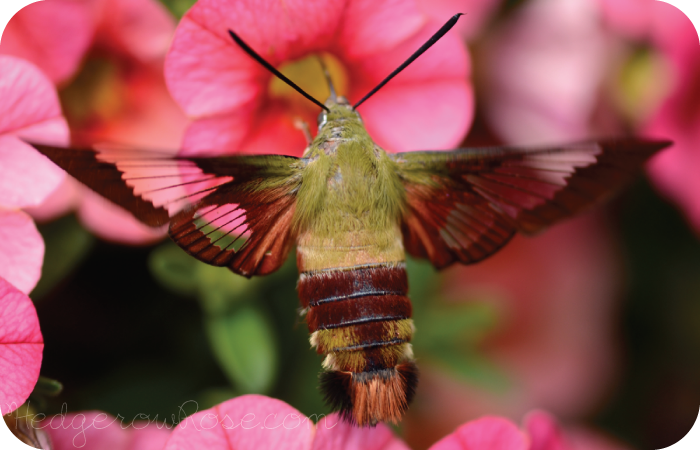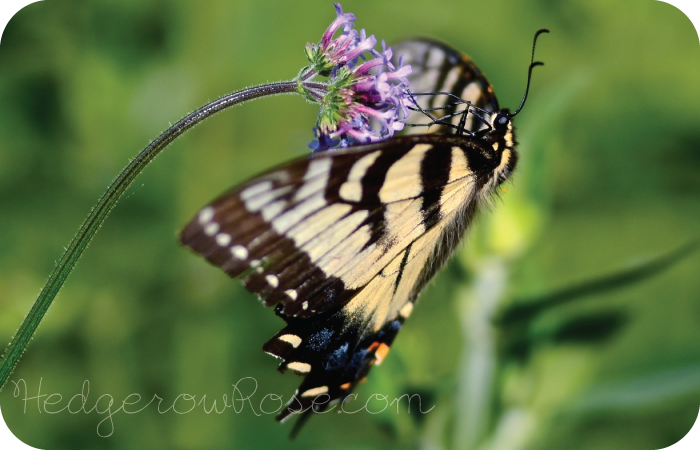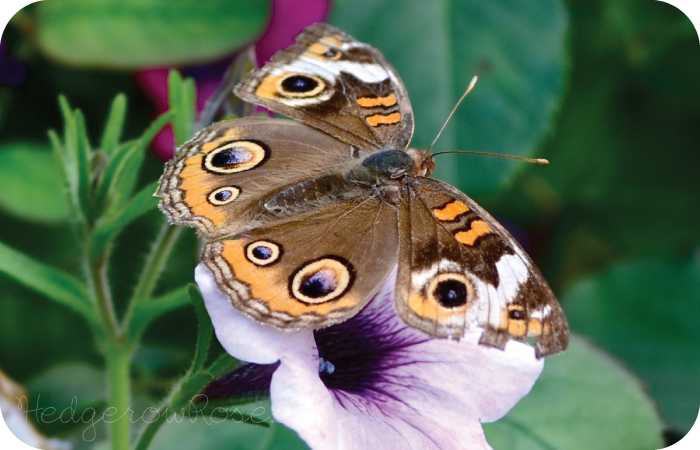Great Spangled Fritillary and Bee Balm

A Great Spangled Fritillary butterfly on a bee balm flower.
This time of year, we are blessed with a number of butterflies that visit our garden. I think it’s mainly due to our proximity to the parks, forests and Penn State’s campus as well as our massive buddleia shrubs we inherited with the house. However, we have been adding more and more native and pollinator-attracting plants to our garden and they’re loving those, too. In particular the clump of bee balm, or Monarda, that I planted last season has attracted all manner of bees and butterflies since it began flowering last week.

The label on this bee-balm incorrectly stated it was the red variety. Whoops! Still, the pink is lovely too.
Bee balm is hardy to zones 4-9, grows best in full sun with well-drained soil and should be provided good air circulation to prevent powdery mildew. The clumps can get quite large after a few seasons, so about every 3 years or so it’s best to divide them. For summer blooming perennials such as bee balm, I like to divide and re-plant (or give away!) my plants in early spring. I think when in bloom, each flower looks like fireworks frozen in mid explosion, especially the red varieties which are my favorite.

In addition to the Great Spangled Fritillary, our garden also hosts Swallowtails, Monarchs, Skippers, Sulfurs, and more.
The Great Spangled Fritillary, Speyeria cybele, is found over much of North America. It’s caterpillars feed on various violet species and the adults prefer nectar producing native plants such as joe pye weed, milkweed, mountain laurel, coneflower, and of course bee balm. It has an average wingspan of 2.5″ – 4″ and can be found in gardens, meadows and open fields. For more information about attracting pollinators such as butterflies to your garden, click HERE.






My mom and dad had red beebalm… loads of it! I brought some to my house and though it doesn’t grow as profusely, it is still a show-stopper! Here’s a link to a photo I took at my parents’ home several years ago. http://twitpic.com/5pqfav
The pink variety grows wild here and as you said, is lovely.
Your garden photos are so inspiring. Thank you for sharing them with us!
Oh my gosh, bee balm envy! No, seriously, that’s exactly the color of my favorite kind…what a gorgeous picture! Thank you for taking the time to write me, it put a smile on my face to know you liked the photos!
No, seriously, that’s exactly the color of my favorite kind…what a gorgeous picture! Thank you for taking the time to write me, it put a smile on my face to know you liked the photos!
Lara, do you have the red variety? I could send you some if you don’t.
Just shoot me an email.
Thank you Lana! I actually found a very sad looking small clump red bee balm growing in an abandoned, shady part of our garden. I think if I transplant it to a sunnier location it should rebound. You’re so sweet to offer, though!